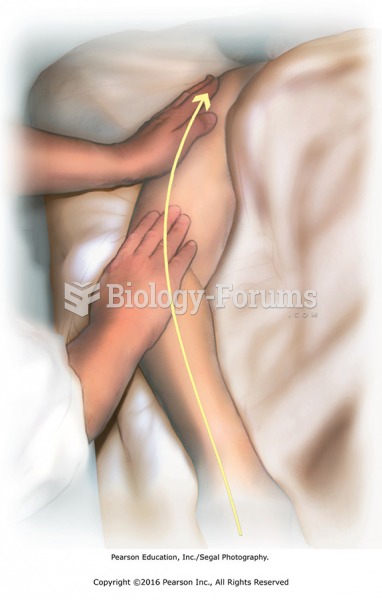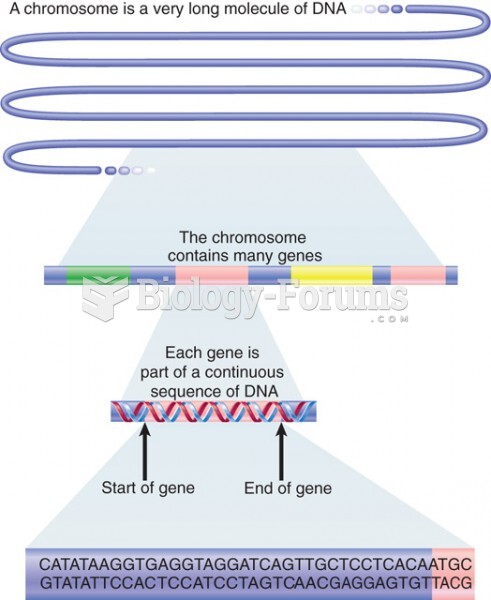Answer to Question 1
d
Answer to Question 2
Two firms in different stages of a vertical chain might reach an agreement that makes them a better competitor when they act as a team. An agreement will be preferable to a merger if a single management cannot monitor both stages as well as separate managements can. It is also possible that success requires motivating workers at one stage (e.g., retailing) to make sales efforts if the other stage (e.g., manufacturing) is to successfully compete. Independent retail store managers searching for profit might have better incentives than salaried employees of an integrated firm.
In case of vertical agreements in apparel and textiles, retail sellers of wearing apparel face buyers with unpredictable desires for some styles but not others. There are high carrying costs for items that sell slowly and high costs of lost revenue and goodwill if the sellers run out of desirable items. Before information technology (IT) became cheap, retailers sent manufacturers paper orders with long lead times. Slow communication made it hard for stores to replenish inventories and hard for manufacturers to change output as fashions evolved. New technologies and new vertical agreements now allow manufacturers to reduce their textile inventories and retailers to keep smaller inventories on hand, while both respond more quickly to changing fashion. With these changes have come the manufacture and marketing of a larger variety of styles.
The agreements allow manufacturers and retailers to share the costs of IT investments that benefit them both and to coordinate their operation of the new systems to get accurate and timely information. The most basic of these are bar-code systems for garments and shipping containers. Cost-sharing agreements on point-of-sale (POS) scanners allow retailers to better plan their orders and manufacturers to better plan their production. A manufacturer can better schedule production and anticipate styles if it has POS data from all the retailers it supplies. The agreements between retailers and manufacturers also improve coordination with textile makers, who have their own inventory and leadtime problems. Textile makers in their turn can make more timely arrangements with producers of threads and dyes. Others who benefit from these agreements include sewing facilities that assemble garments and suppliers of specialties like zippers and buttons. The various businesses in the chain are so different that operating under these agreements appears preferable to full vertical integration. Integration is certainly possible, but integrated firms are rare in this industry.
 The tolerance of male lions towards the cubs varies. They are, however, generally more likely to sha
The tolerance of male lions towards the cubs varies. They are, however, generally more likely to sha
 Apply long effleurage stroke to entire arm, from hand to shoulder. Brush off from shoulder to hand. ...
Apply long effleurage stroke to entire arm, from hand to shoulder. Brush off from shoulder to hand. ...





